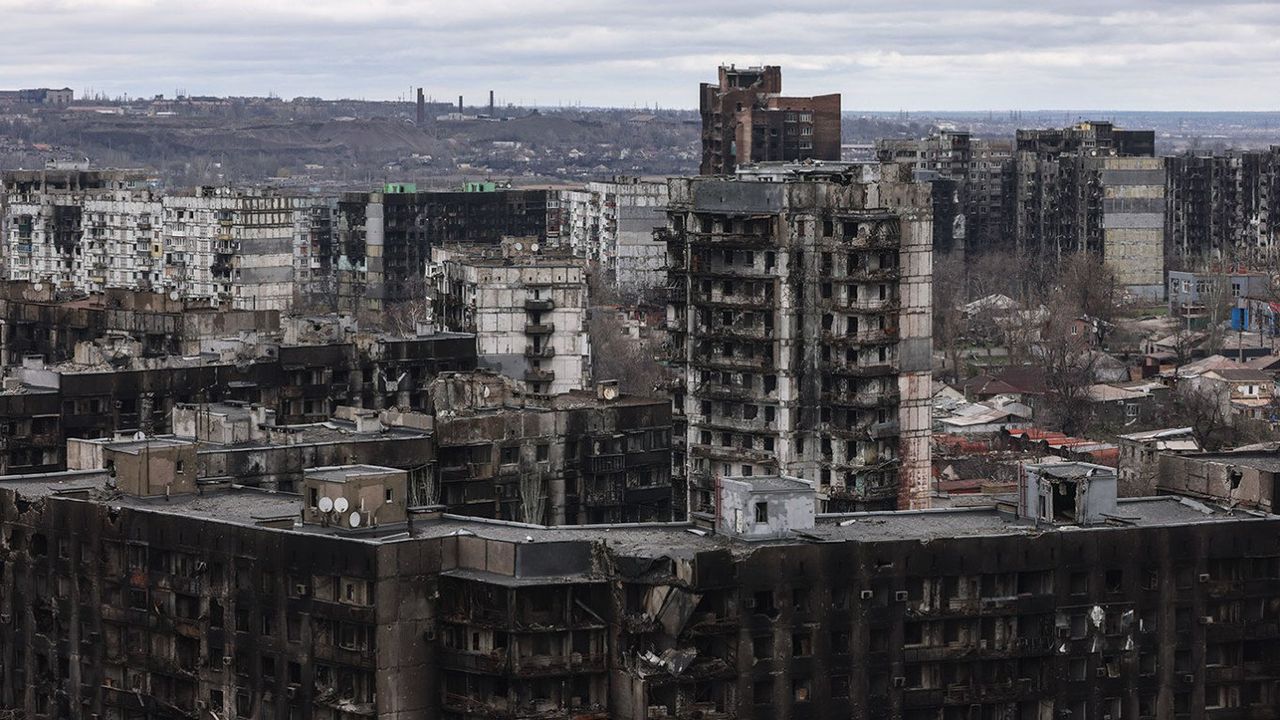On Casualties in Ukraine

Russia started the war in Ukraine with 190,000 men. At the same time, Ukraine had an active duty force of about 250,000 men. We are now at a point where Russia has lost around 50,000 men, with an estimated 20,000 dead and 30,000 wounded. We are talking about 30% losses. And not all of them have been replaced by reinforcements.
Russian losses stats are taken from US and Ukrainian estimates, as Moscow’s own data is unreliable on this subject.
Ukrainian Casualties and Mobilization
On the other hand, Ukraine is estimated to have lost around 25,000 to 30,000 men. That’s at least 10% of its original manpower (standing armed forces/active duty).
This estimate comes from Western sources as relayed by Time, as Kiev’s own data is undisclosed most of the time and unreliable when shared.
Ukrainian President Zelensky has said two days ago that 700,000 men are currently defending Ukraine. This means that Ukraine has already mobilized and deployed half of its 900,000 strong Reserve: That’s 450,000 reservists and conscripts deployed and fighting.
Daily Casualties and Impact on Ukraine
Furthermore, President Zelensky has also announced that the situation in the Donbass was so difficult that Ukrainian estimates for the military death toll were currently at 100 men daily. Taking into account the fact all sides understate their losses, the death toll might be 200 men per day. Considering a historical ratio in wars for 3 wounded per dead soldier, we end up with an estimated 600 wounded and 200 dead Ukrainian servicemen daily!
That’s roughly 4,200 wounded and 1,400 dead per week…
The situation is staggering for Ukraine when one considers that Ukrainian casualties were relatively low for the first 4 to 6 weeks of the war, all things considered.
Financial and Infrastructural Costs
Surely, the situation is not sustainable. Not for Russia, and certainly not for Ukraine, which has already dipped deep into its manpower reserves. Furthermore, Ukraine has incurred in excess of $100 billion worth of damage to its infrastructure, with the bill rising by about $4.5 billion a week, according to Kiev’s School of Economics. According to them, if the current rate of destruction to the Ukrainian infrastructure is sustained, the total cost might reach $600 billion, or the equivalent to four times the country’s GDP.
Comparison to Past Conflicts
For the past 20 years, we have been used to counter-insurgency wars or wars of invasions against weaker enemies, where casualties were lower, even though at the time they seemed high to us (see Afghanistan and Iraq). This war is a sobering reminder of what a conflict between two peer or near-peer nations looks like, attrition-wise. And it is frightening.
Ukraine and Russia are indeed “near-peer or peer” nations because while Russia has larger armed forces in terms of size, the Ukrainian army currently fields way more men on the battlefield and benefits from near enough unlimited financial help from Washington, London, and Brussels as well as almost unlimited military support (in the form of intel (C5ISR) and arms supplies) from at least 32 countries (NATO+Australia+Sweden).
-RBM.










